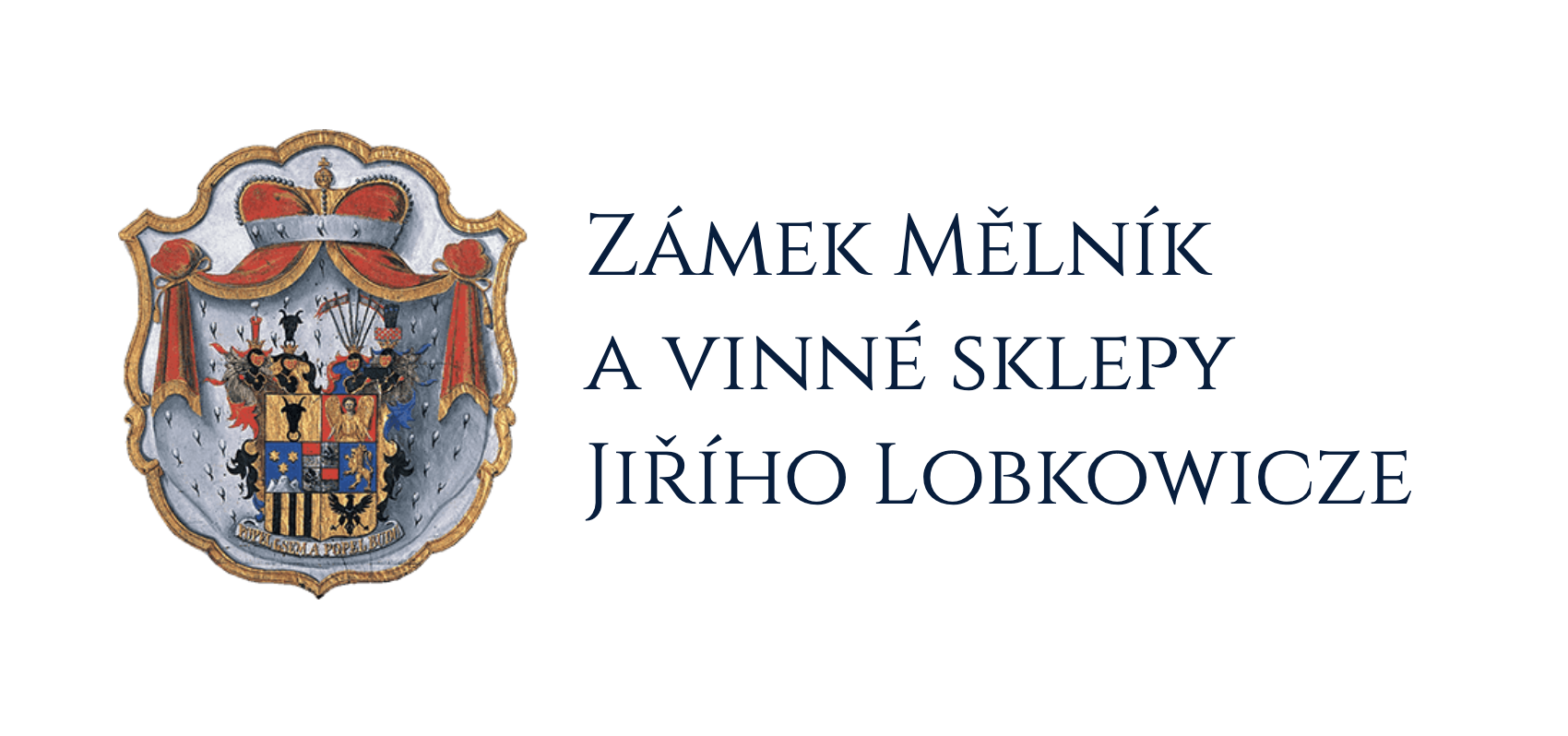You can admire its unique premises full of important paintings or sculptures, ancient pieces of furniture or other various attractions at the Mělník Chateau. Here is a list of rooms with a long history.
Great Bedroom of Jiří Kristián
The bedroom reminds of Jiří Kristián Lobkowicz (1907-1932), a well-known and successful athlete and car racer. The room has Baroque furniture, lots of historical paintings, but also a portrait of Jiří Kristián and his trophies and other commemorative objects.
- Great Bedroom of Jiří Kristián
- Humprecht Jan Černín
- August Anton Josef princ of Lobkowicz
- Bedřich Lobkowicz
- Jiří Kristián
- Jiří Kristián at the race
Study Room of August Longin
The fireplace room is a men’s study room devoted to the memory of Chancellor August Longin Lobkowicz (1797-1848). The room is full of portraits of the Habsburg rulers, but we can also find a table, a longcase clock and a mirror made in the Boulle style, or the coat of arms of the Lobkowicz family with their motto ‘I am ashes and I will be ashes’.
- Study Room of August Longin
- August Longin
- from the end of the 17th century and cupboard clock André-Charles Boulle
Children’s room
The room is dominated by an 18th-century bed and two cabinets. Toys and children’s furniture are from the end of 19th century. Portraits of Czech nobility are on the walls at the height of children’s eyes so that children can see them nicely.
- Children’s room
Dining Hall
The room is dominated by two beautiful Baroque altars with tiny 17th-century vedute from Antwerp. Two Baroque mirrors complement the view into the dining hall. Many important works can be found on the walls, such as the dramatic composition of David with the head of Goliath from 1720 or one of Lunettes from the cycle About St. Wenceslaus by Karel Škréta.
- Meeting Elijah and Rebecca
- František Jiří prince of Lobkowicz
- Baroque altars
- Dining Hall
Great Room
The room, commemorating the Supreme Marshal of the Kingdom of Bohemia, Jiří Kristián Lobkowicz (1835-1908), is decorated mostly with Rococo furniture from the 18th century, as well as examples of Czech glass, Dutch Delft or vases from the Far East. The decoration is complemented by paintings by Karel Škréta, Francesco Albani or Guercino.
- Great Room
- Jiří Kristián Lobkowicz
- Princess Anna
Staircase – Stair Head
The bust of Jiří Kristián Lobkowicz by the famous Czech sculptor Josef Václav Myslbek, the founder of modern Czech sculpture, is placed in the niche. There are also gifts for Jiří Kristián’s 70th birthday – the silver statue of St. George fighting a dragon – a copy from the Prague Castle or a book of congratulations with 2,000 congratulations.
Great Hall with Maps and Vedute
There is part of a collection of vedute and maps in the hall, which mostly come from Amsterdam from the 17th century. The maps capture France, Italy and the Netherlands and are proof of the excellent work of cartographers, graphic designers and printers. The vedute capture major European cities (e.g. Paris, London, Venice, Frankfurt, etc.). The hall is furnished with Rococo furniture.
- Praque
- Great Hall
- Florence
- Wedding room
Knights’ Hall
The hall is dominated by a collection of knight armour from the 16th century. Here we can also see the paintings of horses from Johann Georg de Hamilton and Václav Ignác Brasch, portraits of Jiří Kristián Lobkowicz and his opponent from the Battle of Vienna, François-Eugène, Prince of Savoy-Carignan.
- Knights’ Hall
- Jan Jiří Kristián
- Karl Ferdinand Maximilian Earl of Waldstein
Small Hall with Vedute
There are examples of a rich collection of swords, sabres and cords from the 17-19th centuries on the walls of the hall. We can also see four chateau guns, military drums or helmets. There is also a set of black and white vedute of European cities from J. F. Probst.
- Small Hall with Vedute
- Paris
- Castle cannon from the 18th century
- Konstantinopol
Concert Hall
The Concert Hall is located in the chateau wing which was completed in 2007 according to the original plans of the Italian architect Domenico de’ Rossi. The hall contains part of a set of vedute of the palace and park in Versailles, formerly belonging to Louis XIV, capturing these parks and palaces from the times before the reconstruction. This hall is also full of paintings and mirrors in gilded frames.
- Concert Hall
- An unknown nobleman from the Lichtenstein family
- Karl Ferdinand Maximilian Earl of Waldstein
- Albrech Vaclav Eusebius Earl of Waldstein
Great Dining Hall
Under the ceiling decorated with gold, we can admire the lunettes by Václav Škréta with the theme of ‘St. Wenceslaus when grapes are pressed in Mělník’ or ‘Death of St. Wenceslaus’. Moreover, there is the most famous painting of the Mělník Chateau – ‘Jesus and Veronica’ by Paolo Veronese – in the hall. Among other things, there is also white porcelain from Sèvres, Chinese porcelain from the 18th century, dining set Fajans from Lorraine or glass with snake motifs from Harrachov from the 19th century.
- Jídelna sv. Václava
- Paolo Veronese “Christ with Veronica”
- White porcelain from Sevre
- Glass from Harrachov
Chapel – Sacristy
The chapel was built by the fourth wife of Charles IV, Elizabeth of Pomerania. It is consecrated to Saint Ludmila. The altar dates back to the 17th century. The chapel is decorated with many paintings by Karel Škréta, Michael Václav Halbax, Peter Brandl, etc.
- Chateau Chapel Sv. Ludmily





































